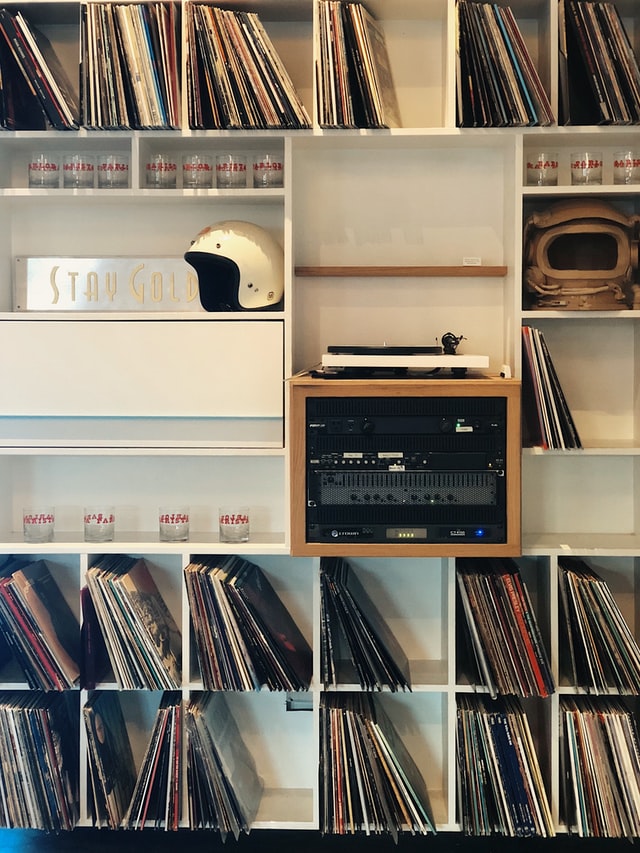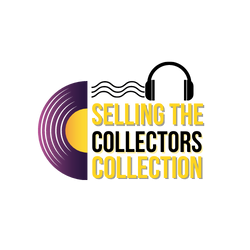
Collectibles: Should You Invest in Them and How to Do It Smartly?
Are collectibles a good investment? The classic definition of a collectible is an object that is both rare and desirable.
By this definition, collectibles can be any item with a finite availability and worth more than its practical use. Many people attempt to discover the value of collectibles based on their desirability without regard to supply.
Some of the most popular collectibles today are:
- Coins: Some coins are very popular and exhibit collector demand, but due to their limited supply, they often trade at substantial premiums to their intrinsic metal value.
- Comic books: The value of a comic book is most closely tied to its desirability as a piece of entertainment. However, some limited edition comics transcend their entertainment value due to their rarity. In effect, these unusually limited edition comics are a form of collectible.
- Stamps: While the rarest of stamps trade at substantial premiums over their intrinsic metal value, the broader category of stamps are mainly valuable as collectibles because of their desirability as a hobby.
- Stamps are also collectibles because of their limited supply and finite availability.
- Artwork: Artwork is something that can be considered a collectible or an investment. The value of artwork is most closely tied to its desirability as a piece of art. However, some pieces of art that are not generally considered to be valuable are often collected on the secondary market for their entertainment value.
How Much is a Good Investment?
A good investment provides a return on investments at least equal to the amount of risk that was taken, after adjusting for any inflation.
Inflation is a predictable and measurable rise in prices over time. It is very difficult to predict interest rates, political climates, and economic conditions.
A good investment must also generate income while keeping the risk low and providing a return on the principal investment.
How To Not Spend Too Much on Collectibles
The first and most important thing is spending only what you can afford without sacrificing other basic financial objectives and needs.
You should also diversify your portfolio to include a mix of asset types and maybe areas of the market you might otherwise not have considered.
The surest way to spend less on collectibles is to avoid paying more for collectibles than the amount the collector spent on acquiring the item.
The amount the collector spent is generally known as the replacement value of the collectible. Replacement value is the amount it would cost to replace the item if it were damaged, destroyed, lost, or stolen.
Most basic guidelines suggest that an item should never be purchased at a significant premium to its replacement value.
The higher you pay, the less of a return you will likely receive. You should compare the cost of the item to what it is worth.
Collect Smartly
The amount you should spend on collectibles is basically a function of how much money you have.
Of course, the rarity and desirability of any collectible should be considered. Still, the most important factors should be the return on your investment and the amount of risk associated with that item.
Collectibles can be lucrative investments and should be considered as part of a diversified investment portfolio.
Memorabilia collectors will find Selling The Collectors Collection heaven, especially if you love music. We have backstage passes from over600 artists and more. Shop now.
